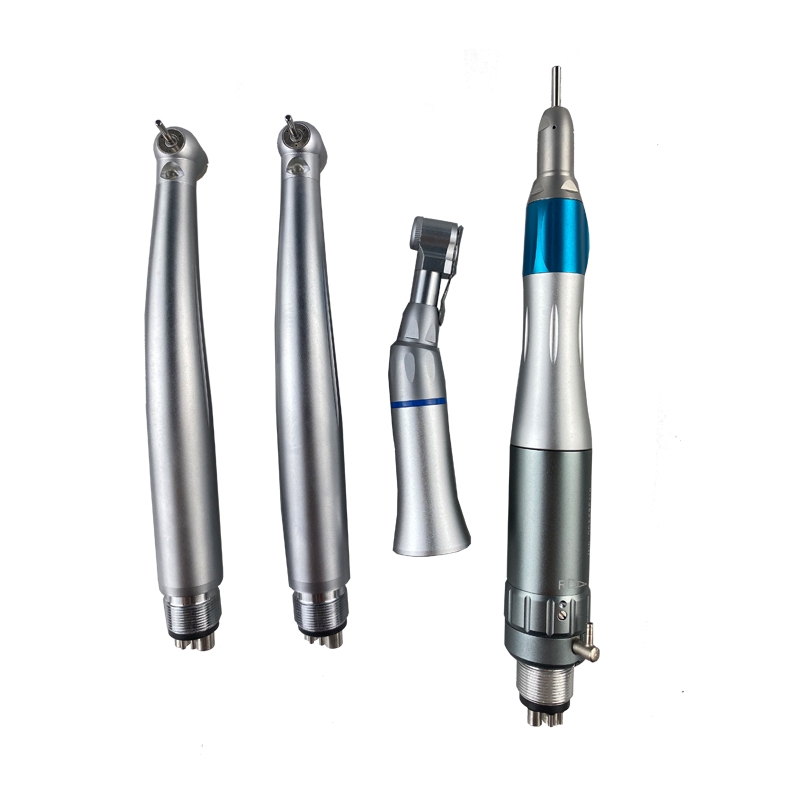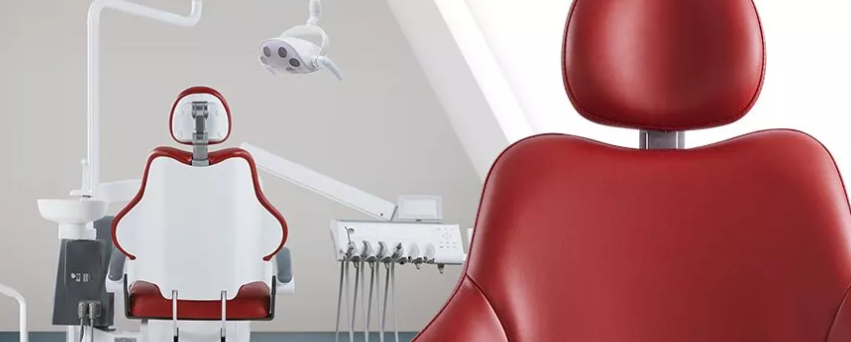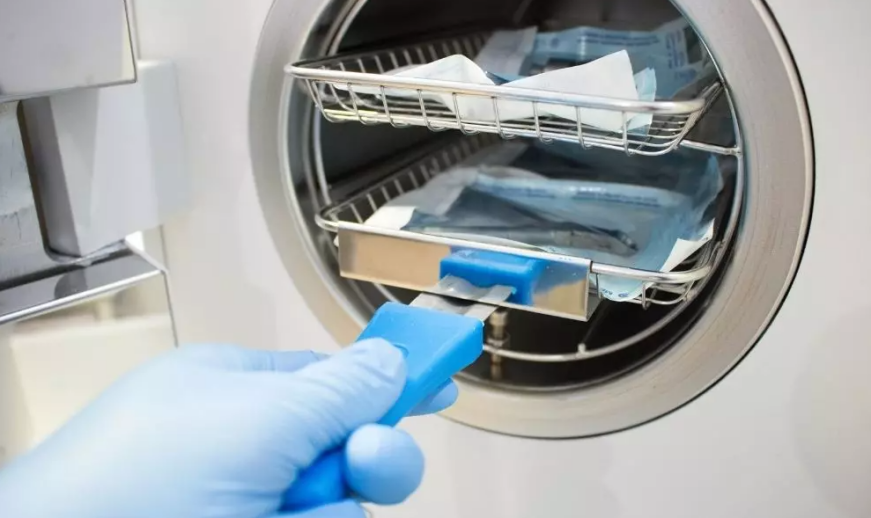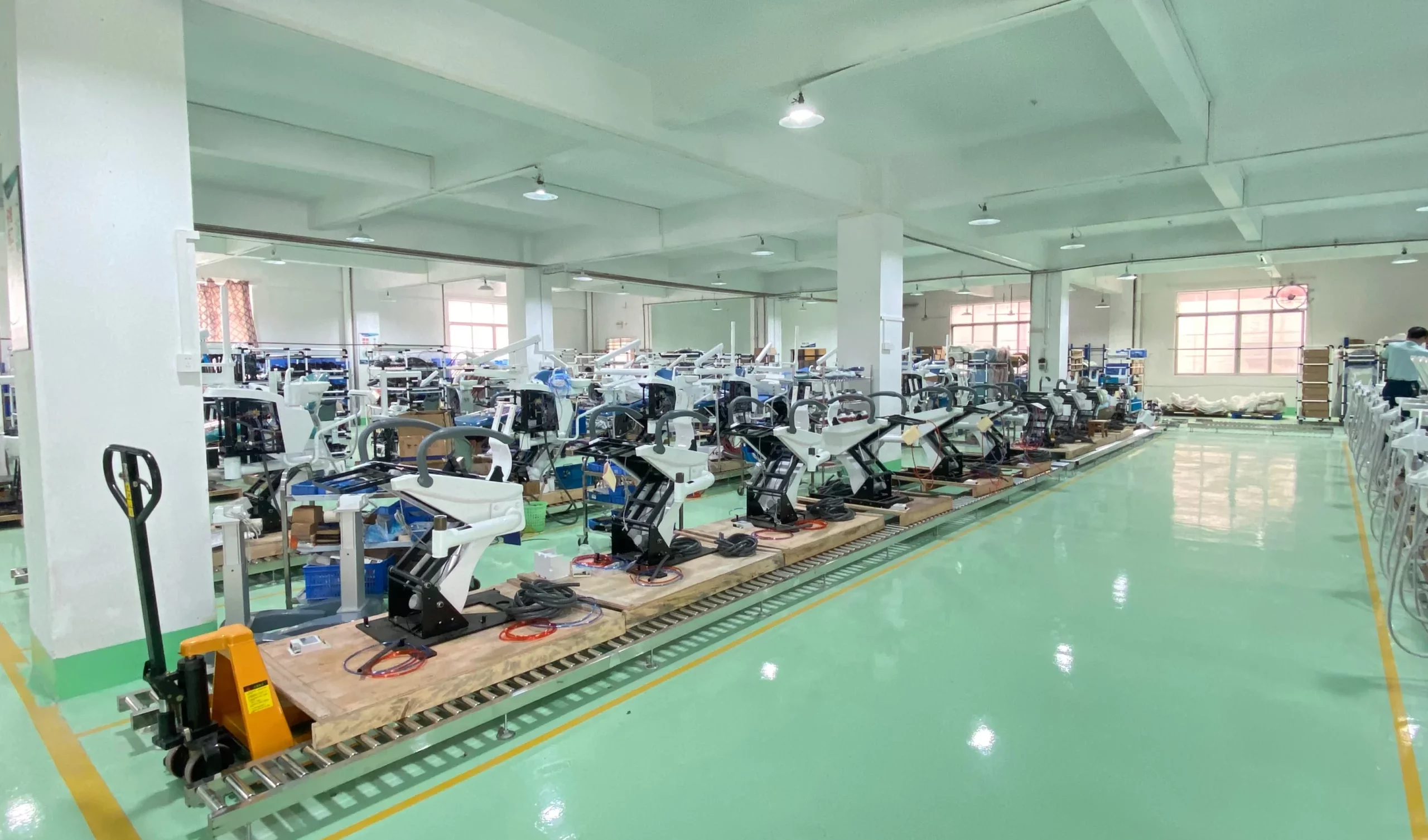What Is The Dental Handpiece? What Is The History Of The Dental Handpiece?
A handpiece is a device used to operate dental equipment. A handpiece includes a handle and a subassembly that communicates with the equipment. The subassembly is typically connected to the handle via a flexible cable, which can be made of several different materials. These materials include stainless steel, Nitinol, and plastic-coated wire.
But this is a modern dental handpiece, not what it used to be. It may be hard for you to imagine what the first dental handpiece looked like a long time ago. It looks like a tool used to drill wood for the fire! The following will give you a brief introduction to the development history of dental handpieces:
- In the Indus Valley Civilization in 7000 BC, archaeologists discovered the prototype of a dental handpiece for the first time. It is shaped like a wooden bow tool. Such similar bow-shaped dental handpieces were used well into the 17th century.
- In the late 18th century, hand-cranked dental handpieces appeared. It can spin up to 15rpm.
- In 1864, a dentist named George Fellows Harrington invented the clockwork-driven dental drill, named Erado. This dental handpiece is noisy, but it helps dentists work better.
- In 1868, the first pneumatic dental handpiece was invented by American dentist George F. Green. This dental handpiece is powered by a pedal-operated bellow.
- On January 26, 1875, Dr. George F. Green continued to break through and added an electric motor to his design. And so the first electric mobile phone was born! At this time, its speed can already reach 3,000rpm.
- In 1949, Sir John Patrick Walsh developed and patented a turbo-pneumatic handpiece. The turbo can spin up to 400,000rpm. Its continuous output power allows the bur to cut efficiently and smoothly at high speed.
How Did The First Dental Handpiece Operate?
So how did the first dental handpiece operate? According to the above brief history, it is not difficult to find that there are 3 obvious critical periods, which can be called “the first handpiece”. They are the manual dental handpiece prototype, electric dental handpiece, and turbo-pneumatic handpiece. Here’s how these dental handpieces work:
How did the first dental handpiece operate?–For the manual dental handpiece prototype:
Little is known about the archetype of dental handpieces found in the Indus Valley Civilization in 7000 B.C. — that wooden bow-shaped tool. The first dental handpiece prototype was used by rubbing a stick against the bow to create vibrations that could be used to clean teeth.
How did the first dental handpiece operate?–For the electric dental handpiece:
The electric dental handpiece invented by Dr. George F. Green in 1875 was a milestone. He used a motor to power the handpiece and it could also be used to drill holes in teeth.
This was a huge step forward because it made dental treatment much more efficient, less painful, and easier to perform. The electric dental handpiece was also more sanitary than manual tools because it didn’t require physical contact with the patient’s mouth.
But for a variety of reasons, electric mobile phones were not widely accepted until the beginning of World War I. By 1914, electric dental drills could even reach speeds of 3000rpm.
How did the first dental handpiece operate?–For the turbo-pneumatic handpiece:
Sir John Patrick Walsh invented the turbo-pneumatic handpiece in 1949, a qualitative leap in speed and effectiveness. And in 1950, it was mass-produced with funding from the New Zealand Dominion Physical Laboratory.
It works differently from the previous two, it is powered by compressed air. The air is sent by a compressor to a tank, which pressurizes it. Then an electric motor turns a gear that pushes the piston through a small opening on the side of the tank. The pressure of this piston sends out air at high pressure through a hose from the tank to the handpiece.
How Do Modern Dental Handpieces Work Differently Than Previous Ones?
Times are moving forward. After knowing the answer to the question “How did the first dental handpiece operate?”, we can see that dental handpieces with the help of modern technology are quite different.
Modern technology is changing with each passing day, providing a powerful boost to the development of dental health. Technology has also made modern dental handpieces lighter, more convenient, and more powerful. Let’s take Roson’s dental handpiece as an example to introduce its features:
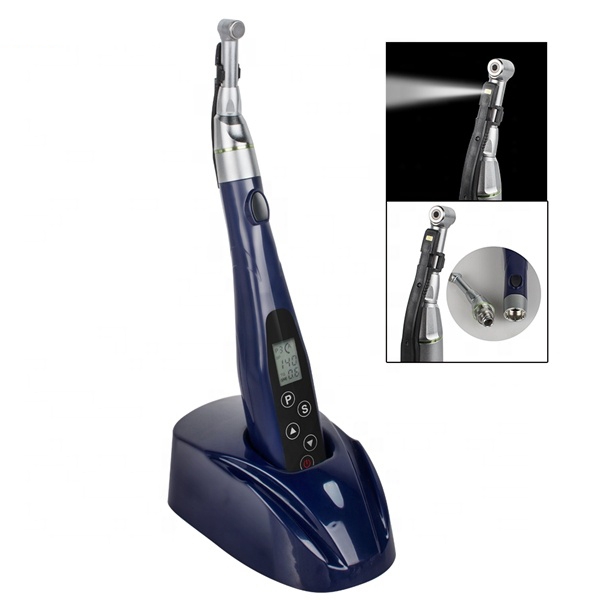
Lighter:
Dental handpieces of the past were mostly bulkier, and some even weighed a few pounds. But few modern dental handpieces are this heavy. Roson’s dental handpiece only weighs 210g, which is rare among similar products. Very lightweight.
It is not only based on ergonomic design but also has a built-in 800mAh lithium battery. Very convenient and portable.
More convenient:
When operating, you can use the mini button 20:1 (left and right reciprocating) Dental Control-angle Handpiece to match the machine file (hand file). During operation, it can also soft start and soft stop.
At the same time, the root canal file will not break the needle when it encounters an instantaneous impact. This means it can lead to a smoother operation for the dentist or operator.
And after use, its sterilization work is also very simple. Its dental angle handpiece and the lamp holder can withstand high temperatures and high-pressure sterilization at 135°C. This means that it can be placed in an autoclave, which means that it is easy to sterilize and clean.
More functional in one:
In addition to being lightweight, modern dental handpieces are also more functional than those which were available in the past because they can be used for several usages.
In addition to the built-in battery, it is also equipped with a high-brightness LED light, which can help doctors better observe the root canal environment.
It is worth mentioning that it has 6 programs (Memory Set) to choose from. You can enter the best data in advance, or modify it according to the working conditions. It will intelligently reverse and stop working automatically according to the set load point. Moreover, it can memorize different actions for each program. There is also a voice prompt when the battery is low.
Final Word:
I believe you now know the answer to “How did the first dental handpiece operate?”. You will also find that the modern dental handpiece is improved based on the original so that it can better serve the dentist and improve the treatment effect for the patients. No matter how it changes, this is its original intention.


